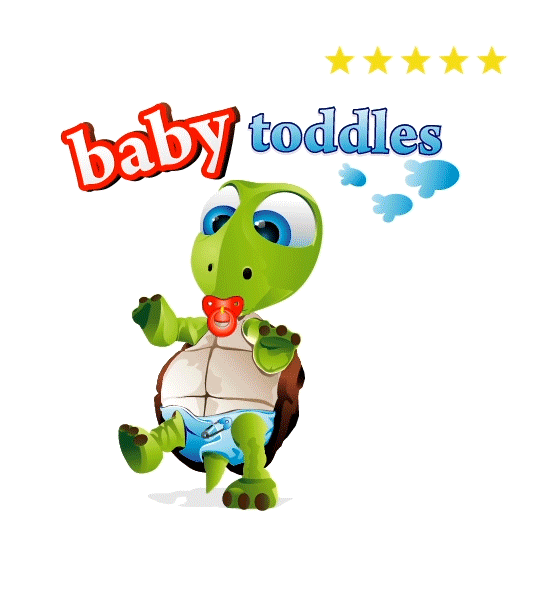Blog
Preparing newborns Formula Safely
Young kids, especially toddlers, are at risk of foodborne illness. Babies can have issues fighting off infections simply because their immune systems are not yet entirely developed. Newborns who are at a higher risk of developing an infection include babies who are premature, possess a low birth weight, or fragile immune systems.
The Government endorses breastfeeding your infant. Breast milk is the best source of nutrients for your baby and may help boost the newborns disease fighting capability. Whenever a infant isn’t breastfed, liquid child solution and powdered infant solution are acceptable options. Infant formulas accessible in Canada and america undergo a strict pre-market review process, which includes the evaluation of data to exhibit that the solution supports the normal development and growth of toddlers.
Liquid Child Solution
The Federal government recommends that toddlers who’re premature, have a low-birth weight, or fragile immune techniques, drink clean and sterile liquid child formula if they’re not being breastfed.
There are two kinds of liquid infant solution: ready-to-feed and liquid concentrates. Ready-to-feed liquid infant solution is high temperature treated from the manufacturer to make a solution that is sterile and clean. This kind of child solution is safe for higher danger infants to consume. The 2nd kind of liquid child solution is targeted and requires water in order to dilute it. While the targeted solution is sterile, you should use boiled water, which is cooled to between room and body temperature, to thin down the concentrated formula prior to feeding high-risk babies.
For caregivers and parents that may not have access to liquid child solution, or when a suitable liquid child solution is not accessible, powdered child solution could be used if it’s ready correctly.
You should also try and use an organic baby soap on your baby
Powdered Child Solution
Powdered child formula can be utilized for newborns who are healthy and full term and also for high-risk babies in situations where clean and sterile liquid infant formula is not accessible. Unlike liquid infant formula, which is heat treated to sterilize the product, powdered infant formula isn’t manufactured to be sterile and clean.
Scientific information shows that E. Sakazakii could be present in powdered child solution. While there are no recent cases of illness due to Enterobacter sakazakii in Canada, there have been approximately 120 recorded worldwide. As a result, if it’s not prepared properly, powdered infant formula might expose a child to potentially harmful bacteria such as Enterobacter sakazakii (Cronobacter spp.). Care providers require to make certain that powdered infant formula is ready properly to decrease the risks of foodborne sickness.
Tricks of Preparing and Handling Powdered Infant Formula
You are able to reduce the risk of foodborne illness for your infant by using these steps at house: You should also use cloth baby wipes to clean up your baby
Clean up your counter tops and utensils:
* Wash both hands utilizing soap and warm water, and clean and sanitize utensils, electronic digital food thermometers and counters prior to preparing infant solution.
* Make sure that all bottles, spoons, nipples, lids and other equipment are sterilized by placing the items into a pot of water and bringing it to a rolling boil for 2 minutes. If these items aren’t utilized immediately, you can cover and store these individuals in a clean place.
Use a clean bib and if needed disposable baby bibs if your are at a restaurant

